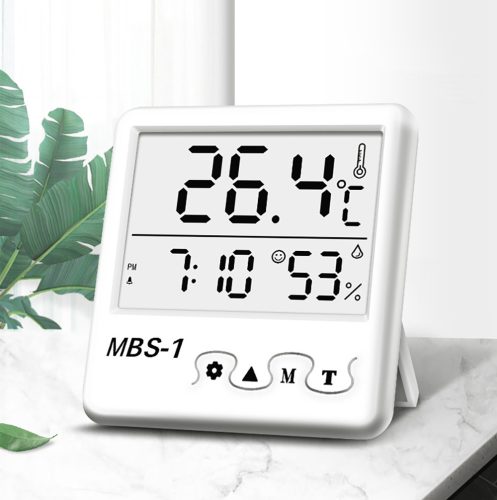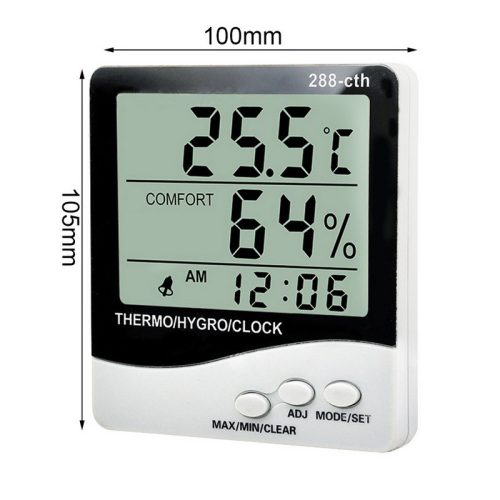Cooking precision with thermometers plays a crucial role in achieving optimal results in various culinary endeavors. Here’s how thermometers contribute to cooking precision:
- Accurate Temperature Control: Different types of food require specific internal temperatures to ensure they are properly cooked and safe to eat. Thermometers help achieve this precision by allowing cooks to monitor the internal temperature of meats, baked goods, candies, and other dishes accurately.
- Preventing Overcooking or Undercooking: Overcooking can result in dry, tough, or burnt food, while undercooking poses health risks due to insufficiently cooked items. Thermometers help prevent these issues by providing an accurate measure of the food’s internal temperature, allowing for precise cooking times and avoiding over/undercooking.
- Consistency in Cooking: Thermometers aid in achieving consistency across multiple cooking sessions. By ensuring that food reaches the desired temperature consistently, chefs can replicate successful outcomes, maintaining the quality and taste of their dishes.
- Different Types of Thermometers for Various Cooking Needs: There are specific thermometers designed for different culinary purposes, such as instant-read thermometers for quick checks, oven-safe thermometers for roasting or baking, candy thermometers for precise sugar temperatures, and probe thermometers for monitoring food while it’s cooking.
- Ensuring Food Safety: Thermometers play a critical role in ensuring food safety by allowing cooks to verify that perishable foods reach the recommended internal temperatures to kill harmful bacteria. This is especially important for meats, poultry, fish, and egg dishes.
- Precision in Baking: Baking often requires precise temperature control for ingredients like sugar, chocolate, and dough. Thermometers, especially candy or digital thermometers, help achieve the precise temperatures needed for making caramel, tempering chocolate, proofing yeast, or baking bread.
- Optimizing Flavors and Textures: For certain foods, hitting specific internal temperatures can optimize flavors and textures. For example, achieving the ideal temperature when cooking steak can result in a juicy and flavorful outcome, while reaching the right temperature when making candy can ensure the desired texture.
- Monitoring Resting Temperatures: Thermometers help in monitoring resting temperatures after cooking. Resting allows the food’s temperature to even out, ensuring juices redistribute properly within meats for better taste and texture.
In summary, using thermometers in cooking ensures accuracy, consistency, and safety, ultimately leading to better-tasting and well-prepared dishes. Whether in a professional kitchen or at home, thermometers are invaluable tools for achieving cooking precision across a wide range of culinary preparations.


